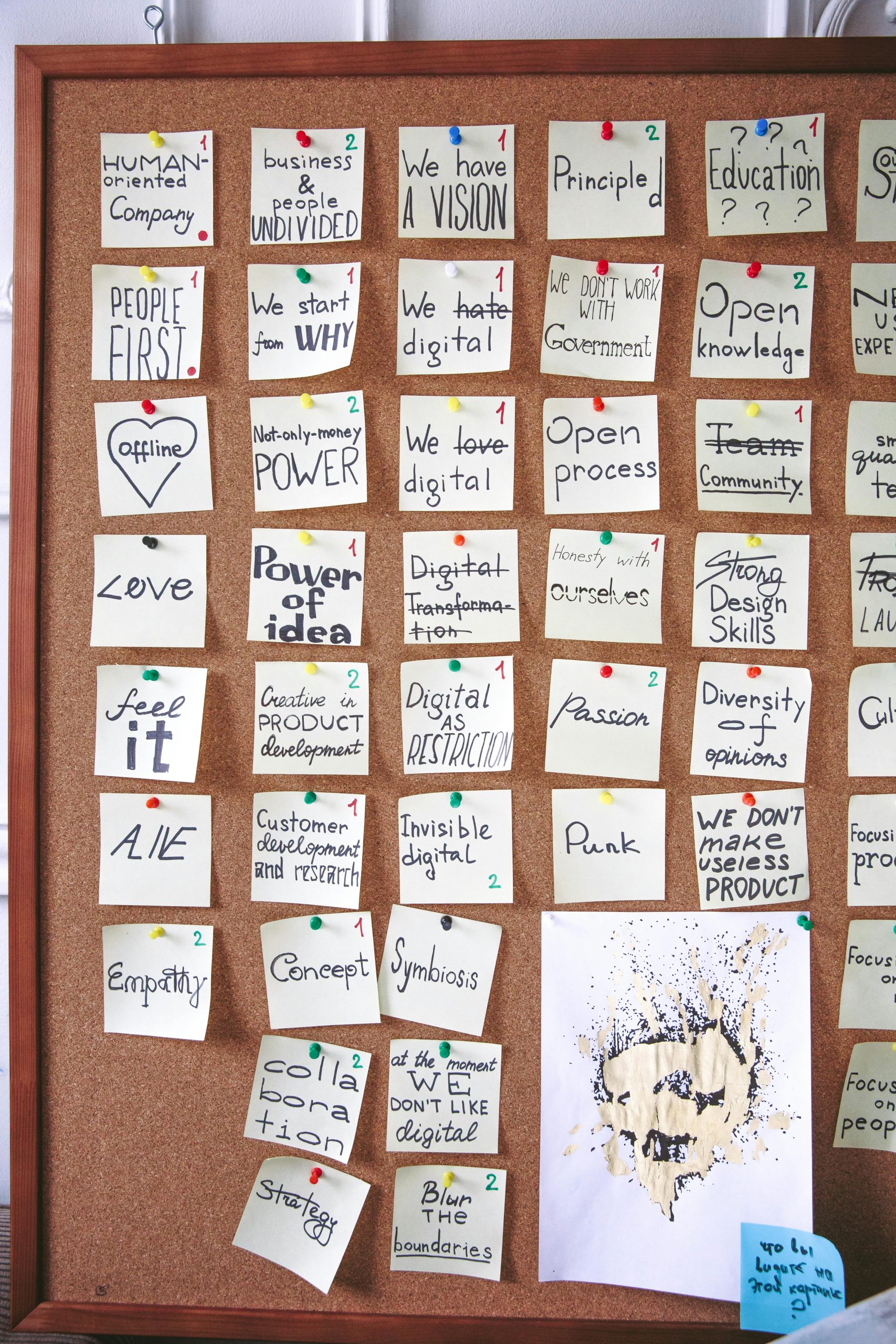Understanding the Balance Between Speed and Quality in End-to-End Testing: Your Insights Needed
In the world of web development, particularly front-end development, ensuring robust and reliable user interfaces through effective testing is a constant challenge. As a frontend developer passionate about maintaining high standards, I often find myself advocating for thorough testing practices within my team. Having performed countless end-to-end (E2E) tests across various organizations, I’ve encountered recurring obstacles that hinder efficiency and test resilience.
A common pain point is the fragility of E2E tests—those that frequently break due to minor UI modifications. These false positives not only consume valuable developer time but also divert focus from feature development. Conversations with quality assurance professionals reveal this issue isn’t isolated; it impacts both developers and QA teams, leading to frustration on all sides.
At the heart of this dilemma lies a fundamental trade-off: achieving maintainable, scalable test suites versus the time and effort required to implement industry best practices like the Page Object Model (POM). While POM aims to streamline test maintenance and reduce duplication, its implementation can be labor-intensive, sometimes causing teams to forego it altogether. This often results in tests that are brittle, difficult to update, and hard to manage.
To better understand how teams navigate these challenges, I invite you to share your experiences regarding E2E testing. Consider the following aspects:
-
Your current testing stack: Are you using tools like Cypress, Playwright, or commercial SaaS solutions?
-
Approach to test architecture: Do you adhere to the Page Object Model? If so, is it a standard part of your workflow? If not, what alternative strategies do you use?
-
Testing philosophy: Do you prefer tools that you can operate and modify independently, or do you rely on managed cloud platforms that handle most of the process?
-
The role of AI in testing: Have you incorporated AI tools into your testing routines? Are they reliable and helpful, or do they introduce instability? Are you skeptical, or open to AI assisting with best practices?
Beyond this overview, I’d love to hear personal stories, anecdotes, or general thoughts on the current landscape of E2E testing. How do you feel about the balance between speed and quality? What strategies have worked for you, and what pitfalls should others avoid?
Your insights are invaluable in shaping better testing practices and understanding how to optimize both speed and reliability in our development workflows. Thanks for taking the time to share your experiences!
[Engage in

